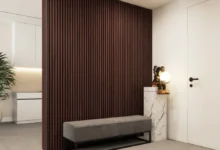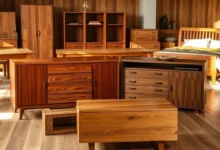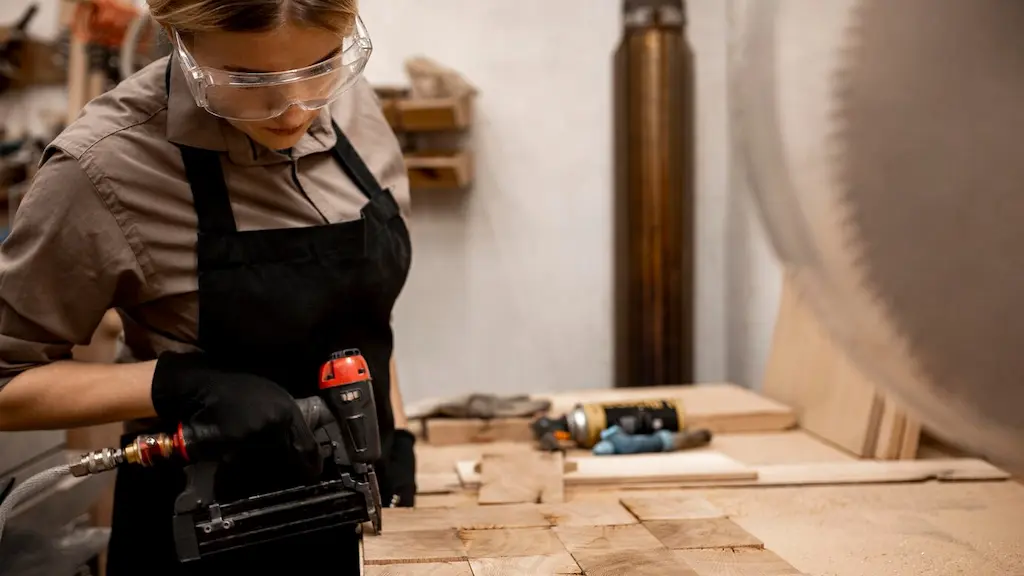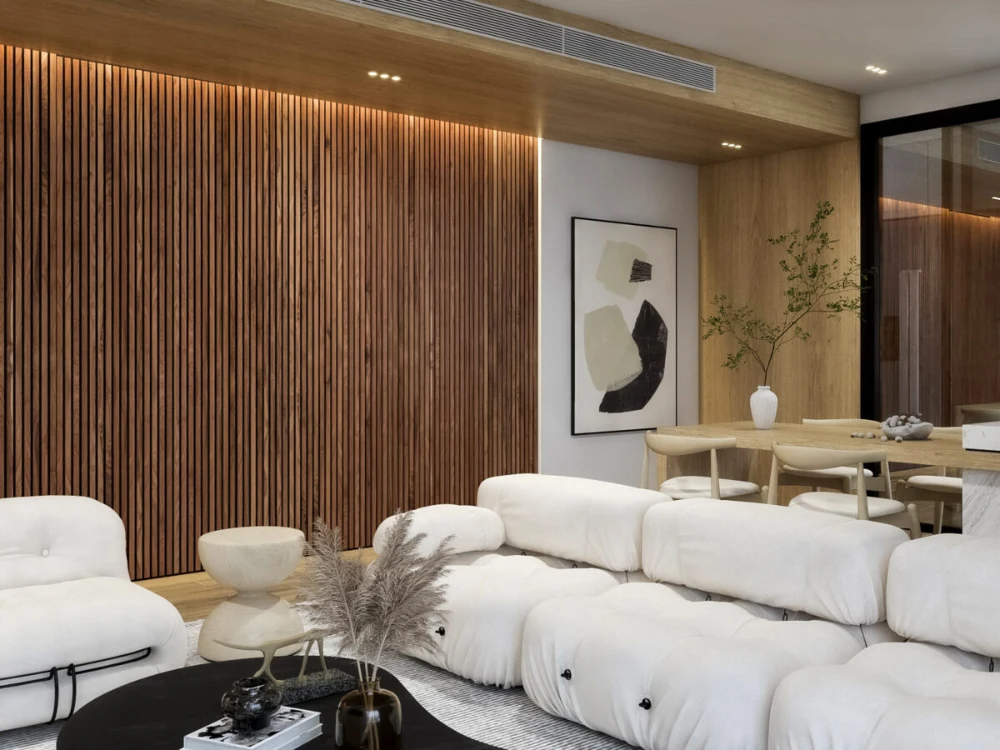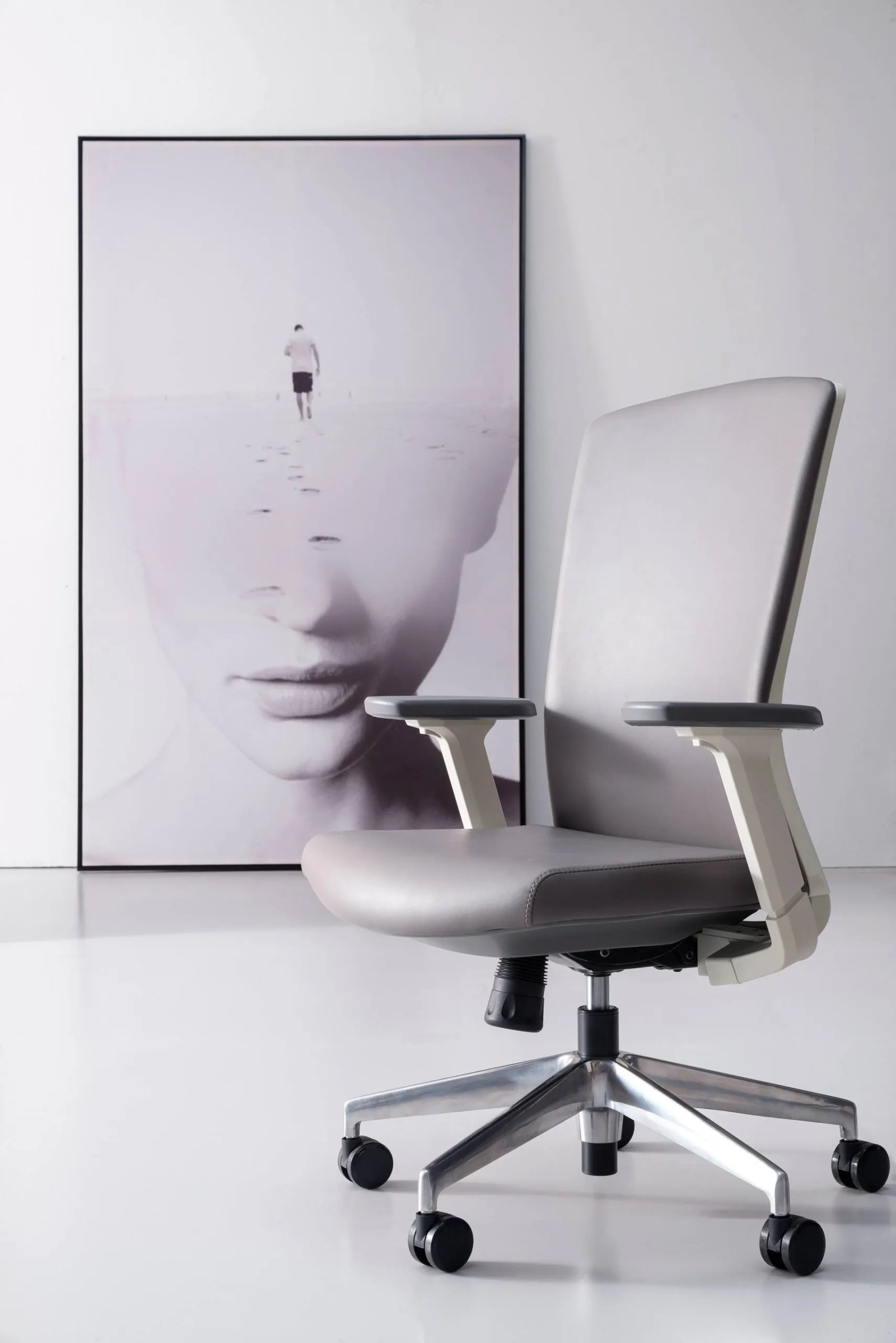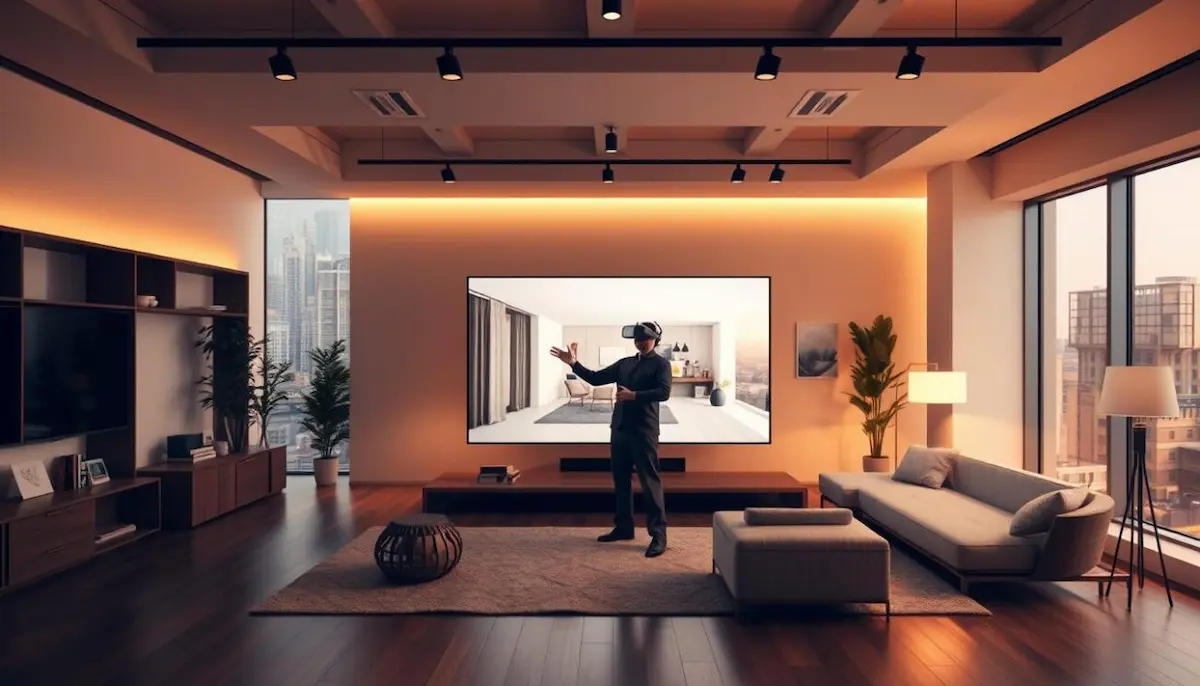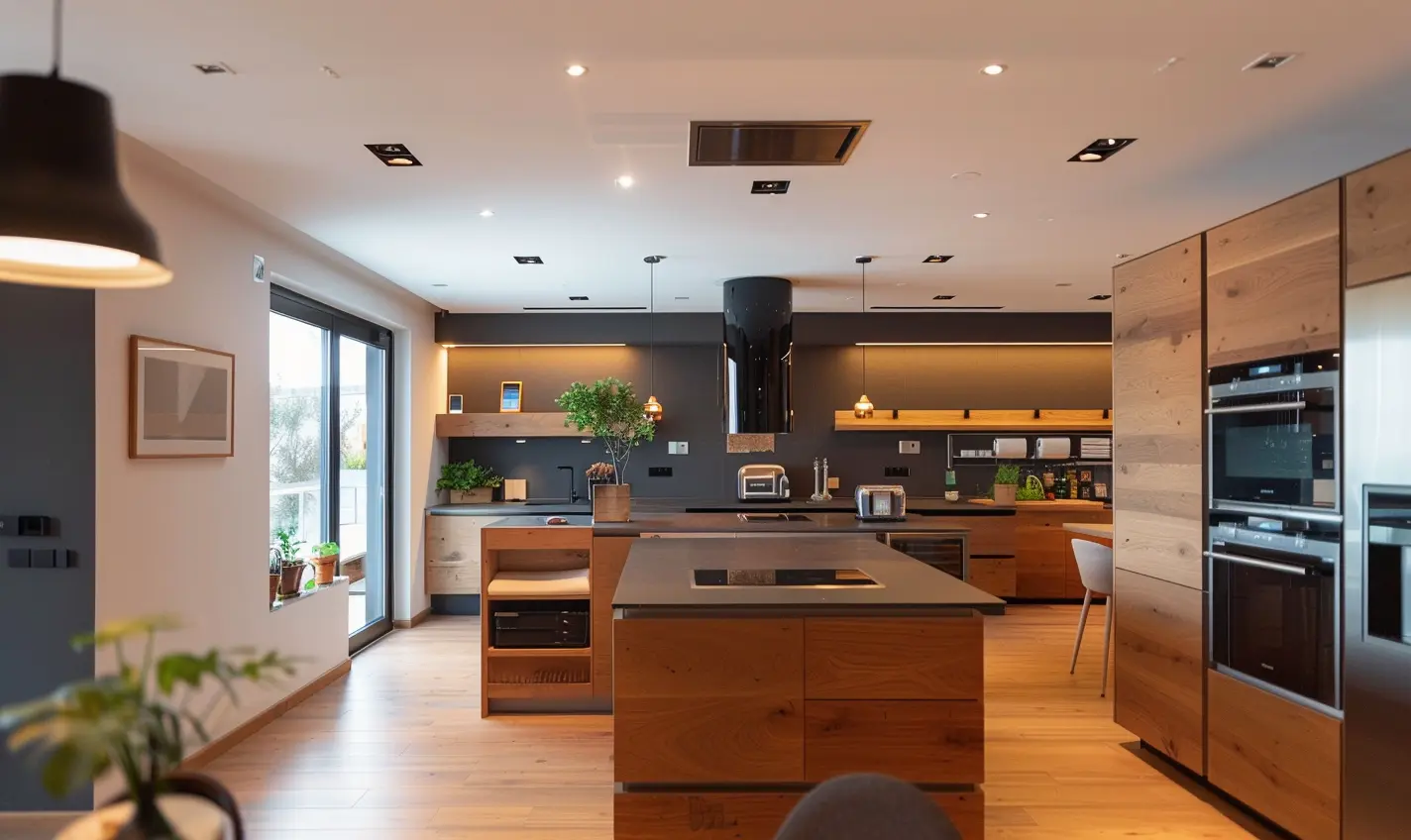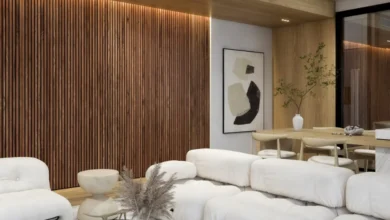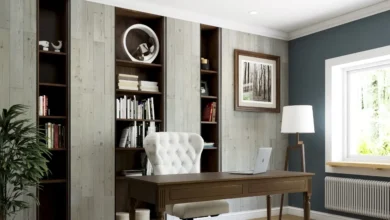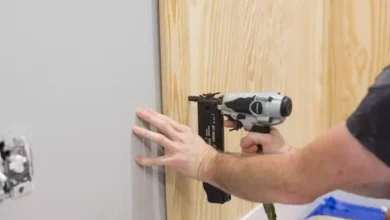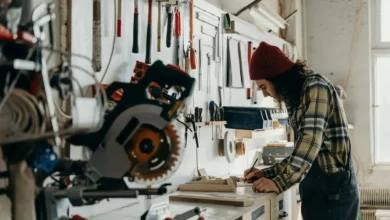Wood Paneling vs Drywall: Which Wall Finish Is Best for Your Space?
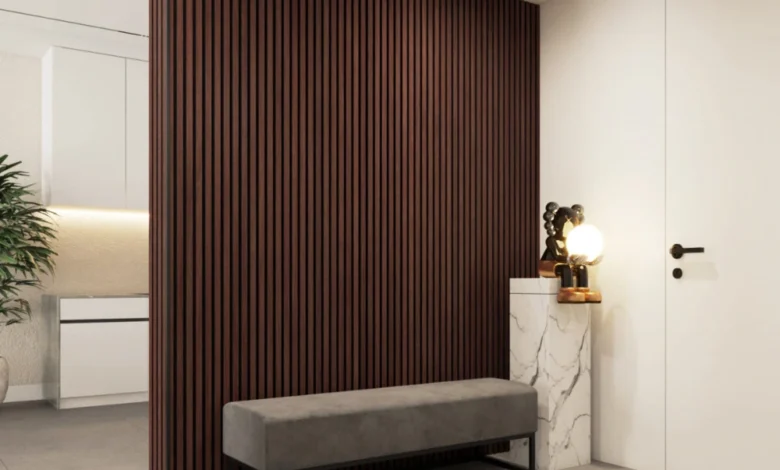
Faced with a wall renovation or new interior construction? One of the most important decisions you’ll make is choosing between wood paneling and drywall. Both are popular wall finishes, but they meet different aesthetic, practical, and financial needs.
This guide breaks down their key differences in installation, cost, design, insulation, sustainability, and suitability — helping you decide between wood paneling vs drywall for your home, studio, or office.
1. What Is Drywall?
Drywall, also known as gypsum board, is a panel made from calcium sulfate dihydrate (gypsum) pressed between two thick sheets of paper. It’s used for interior walls and ceilings and is valued for its affordability and smooth finish.
The sheets are mounted on wall studs, then taped, mudded, and sanded to create a seamless surface. Drywall is the go-to choice for modern construction because it’s easy to paint or texture and adapts to many design styles.
- Advantages:
- Affordable material
- Easy to paint and restyle
- Fire-resistant when rated boards are used
- Simple to repair after damage
- Limitations:
- Prone to cracks and humidity damage
- Labor-intensive and messy installation
- Requires multiple finishing stages and drying time
2. What Is Wood Paneling?
Wood paneling includes any wall covering made from natural or engineered wood products—such as slat walls, 3D panels, reclaimed barn wood, or peel-and-stick planks.

Unlike flat wall finishes, wood panels bring depth, warmth, and texture to a space. They can be mounted directly on a wall or installed on furring strips, making them ideal for remodeling or adding architectural character to modern interiors.
- Advantages:
- Visually warm and stylish
- Fast and clean installation (especially peel-and-stick models)
- Available in moisture- and warp-resistant versions
- Improves acoustic and insulation properties
- Limitations:
- Higher material cost for solid wood styles
- Requires careful cutting and surface preparation
- Needs sealing or maintenance in humid rooms
3. Key Comparisons: Wood Paneling vs Drywall
Cost and Installation
Drywall is usually cheaper per square foot but comes with hidden labor costs. From hanging panels to sanding and painting, drywall projects take several days.
- Drywall Cost Estimate:
- Material: $1.00 – $3.00 / sq. ft.
- Labor: $1.50 – $3.00 / sq. ft.
- Project duration: 2–4 days (including drying/finishing)
Wood paneling—especially DIY-friendly peel-and-stick options—costs more upfront but saves significantly on labor. Most installations can be completed in a day with basic tools.
- Wood Paneling Cost Estimate:
- Material: $2.50 – $7.00+ / sq. ft.
- Labor: $0 (DIY) or $2.00 – $4.00 if hired
- Project duration: about 1 day (DIY)
Verdict: Drywall wins on material cost, but wood paneling delivers greater overall value and visual impact.
Aesthetic and Design Flexibility
Drywall provides a blank canvas for paint, wallpaper, or decorative treatments—ideal for minimalist or adaptable interiors.
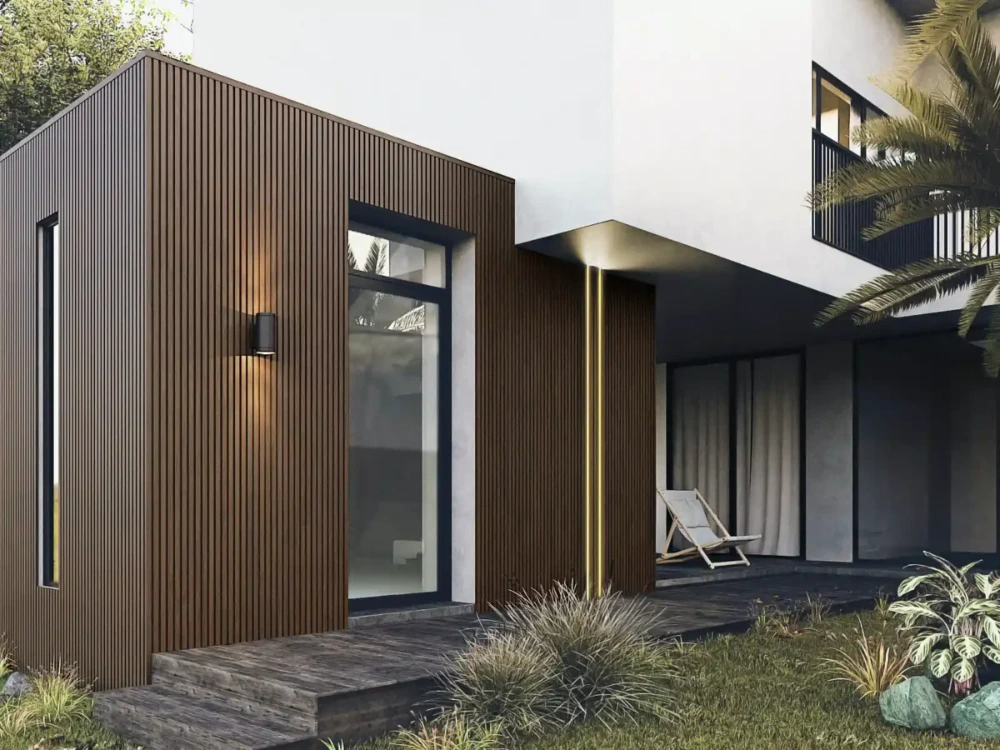
Wood paneling adds instant depth and richness, becoming a focal point in any space.
- Drywall allows easy color changes with paint
- Wood panels define architectural style instantly
- Slatted panels create rhythm and verticality
- Peel-and-stick options add texture without major renovation
Verdict: Choose drywall for simple, flexible designs. Choose wood paneling for bold, timeless character.
Sustainability and Maintenance
Drywall can crack, dent, and absorb moisture. Repairs and repainting are common. Wood paneling is more durable, resistant to wear, and often pre-treated against UV and scratches.
- Drywall needs frequent repainting and touch-ups
- Wood panels require occasional dusting or resealing
- Individual slats can be replaced without full-wall repair
Verdict: Wood paneling lasts longer and performs better in high-traffic areas.
Acoustic and Thermal Performance
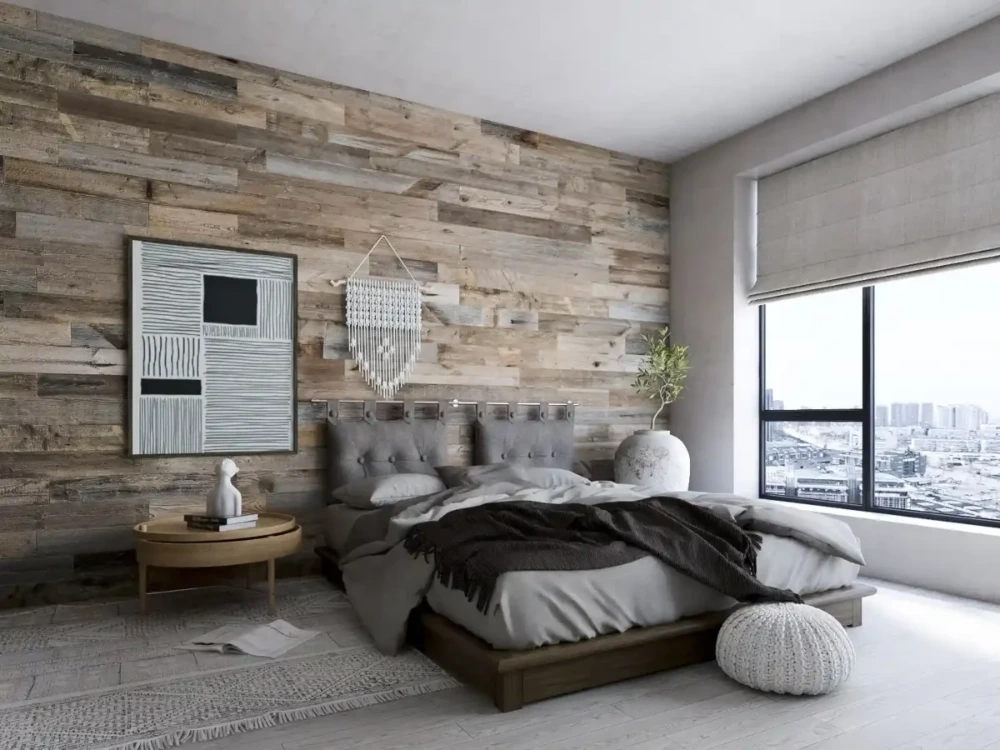
Drywall offers minimal sound or heat insulation unless paired with extra layers. Wood panels—especially acoustic slats—absorb and diffuse sound while retaining warmth.
- Acoustic panels reduce echo and ambient noise
- Improves energy efficiency in sealed rooms
- 3D designs enhance both performance and aesthetics
Verdict: Wood paneling provides superior sound control and insulation, ideal for studios, offices, or living rooms.
4. Which Is Right for Your Space?
| Room | Recommended Finish | Reason |
|---|---|---|
| Living Room | Wood paneling or drywall | Panels add warmth; drywall is versatile |
| Bedroom | Wood accent panels | Creates a cozy, relaxing mood |
| Basement | Moisture-treated drywall | Better humidity control |
| Bathroom | Sealed wood or cement board | Water-resistant materials needed |
| Home Office | Acoustic wood slats | Sound absorption and visual appeal |
| Kitchen Backsplash | Sealed wood paneling | Texture and warmth without tiles |
| Entry / Hallway | Wood paneling | Durability and impact |
| Exterior | Outdoor-grade wood paneling | Weather-resistant and stylish |
Expert Recommendation
If you’re choosing between wood paneling vs drywall, consider your project size, budget, and design goals:
- Choose drywall for smooth, affordable, and flexible finishes ideal for large walls.
- Choose wood paneling for fast upgrades, acoustic benefits, and statement-making design.
Many homeowners combine both materials for the best results — drywall for simplicity and wood paneling for accents.
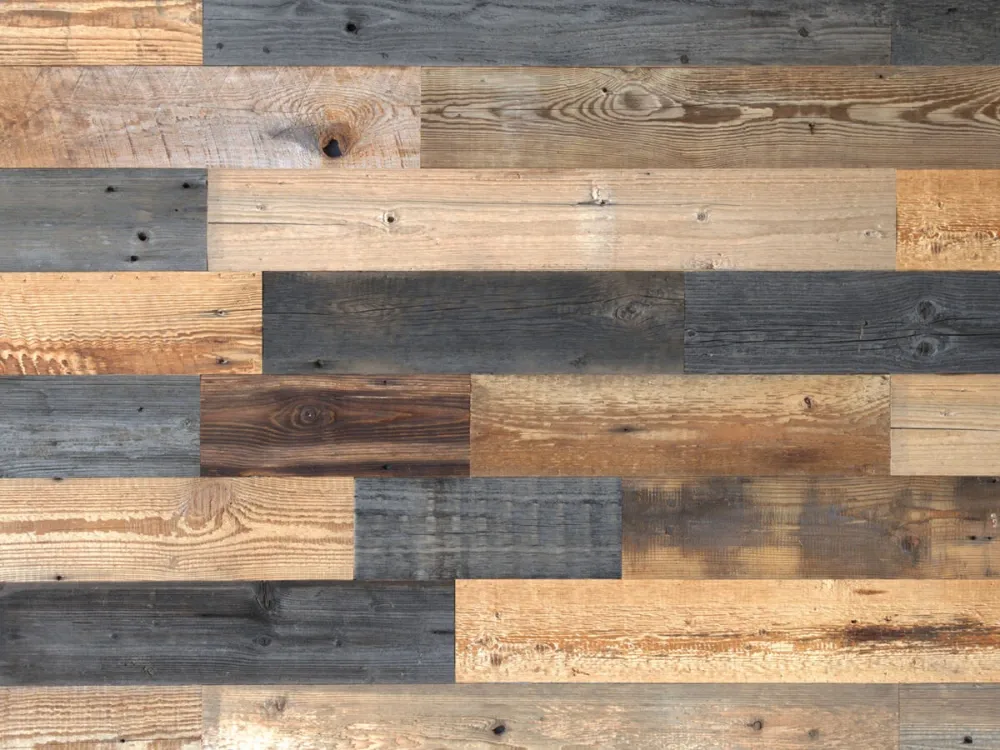
Conclusion
For homeowners seeking to elevate their interiors beyond basic paint, wood paneling vs drywall offers distinct advantages in cost, durability, and design impact. Explore Woody Walls for premium-quality wood wall panels that combine elegance, function, and easy installation.
FAQs
Is wood paneling more expensive than drywall?
Yes, the material cost is higher, but wood paneling can save labor costs, especially with DIY installation.
Can I install wood paneling over drywall?
Absolutely. You can mount panels directly onto existing drywall with adhesives or nails.
Which option is better for humidity?
Moisture-resistant drywall (green board) or sealed wood panels are both suitable for humid areas like bathrooms or basements.
Does wood paneling improve sound quality?
Yes, acoustic slatted wood panels help absorb and diffuse sound, making them ideal for offices and home studios.

